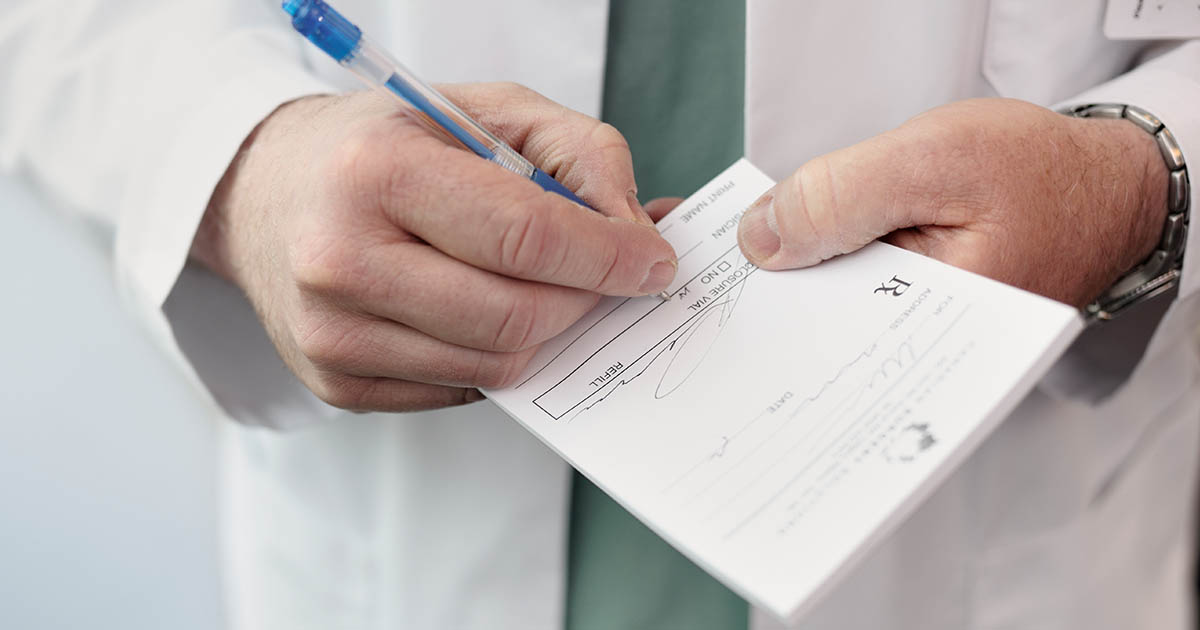Different Types of Treatment for Bipolar Disorder
Medications Used to Treat Bipolar Disorder
There are several types of medications that a doctor may use to treat the symptoms of bipolar disorder. Some of the main types of medications include mood stabilizers, antipsychotics, antidepressants, antidepressant-antipsychotic, and anti-anxiety medications.
- Mood stabilizers help control the manic highs specifically, but they also help control the depressive lows. Antipsychotics tend to be added when the depressive or manic symptoms are persisting through treatments by other medications.
- Antidepressants are used to help manage depression. However, some doctors may be hesitant to prescribe some antidepressants to people with bipolar disorder because they can trigger a manic episode. Some antidepressants are also associated with a higher risk of having suicidal thoughts. When they are prescribed, they are usually prescribed with an antipsychotic or a mood stabilizer.
- Antidepressant-antipsychotic medications combine both an antidepressant and an antipsychotic to act as two treatments in one. These medications work both as a mood stabilizer and antidepressant.
- Anti-anxiety medications like benzodiazepines are sometimes used to help treat any accompanying anxiety or issues with sleep. These aren’t often used as long-term forms of treatment due to risky side effects that can occur due to long-term use.
- If you’re experiencing anxiety and you don’t want to take anti-anxiety medications, talk to your doctor about potentially incorporating CBD oil into your bipolar disorder treatment plan. Not only is it non-psychoactive, it’s also natural. That being said, it’s important to include your doctor in this conversation because many CBD products are currently unregulated, so there is a slight chance of there being other substances in the product. Things like THC can have adverse side effects for some people with bipolar disorder, especially when experiencing a mixed or manic episode.
Children and teens are often prescribed the same types of medications as adults, however, there is a lack of research on these medications’ efficiency in treating children, so these decisions are based on prior research conducted with adults.
It’s important to discuss with your doctor beforehand the risks of taking any medication for bipolar disorder. If you experience any side effects from taking any medications, be sure to let your doctor know, even if it seems benign.
Lifestyle Changes You Can Make on Your Own
Medications and therapy aren’t the only things that can help you with your bipolar disorder. There are some lifestyle changes that you can make on your own that will help improve your overall mood and quality of life.
Diet, Exercise, and Changing Certain Aspects of Your Lifestyle
It’s recommended that you stop any recreational drug use. If you’re struggling to quit on your own, you should seek professional help.
Adding exercise and proper dieting to your routine can both have significant effects on your overall mood. Set up an exercise schedule that can fit into your weekly routine. Whether it be long walks, jogs, or runs, dedicating a few hours per week towards an exercise you enjoy is beneficial for both your mental and physical health. Maintaining an exercise routine and a balanced diet can help your mood significantly.
Stability in your weekly/daily routine is also very important. If you’re able to, try to eat your meals and go to sleep/wake-up around the same time each day. If you’re struggling with sleeping or eating in any way, it’s important to inform your doctor.
Also, if other doctors give you medications, be sure to inform your mental health professional. Some medications have the potential to trigger episodes on their own, or when coupled with other medicines you may already be taking.
Keep Track of Your Moods
Throughout this process, you can also keep track of your moods. This can help monitor the progress you make throughout your therapeutic journey. It can also be helpful when meeting with your mental health professional, so they see how you’re responding to your treatments. Consider keeping a journal to document your mood and any changes in it that you may experience.
Explore a New Hobby
If you have time, try out a new hobby or something you’ve always wanted to do or try. The natural bursts of dopamine you can get from exploring something new and creative can be a great boost for your mood.
If you’ve wanted to get into drawing, watch some guides on Youtube and pick up some colored pencils. Try and find something that’s good for you, and add it to your daily or weekly routine.
This makes sure that you have something enjoyable to look forward to each week. If you’re having trouble choosing a new hobby or keeping up with a current one, speak with your mental health professional to see if they have any suggestions for you. Sometimes there could be an underlying reason for this.
Spend Time With Your Pets
Spending time with your pets can help too. Often animals’ positive moods can be contagious. Your animal will appreciate the attention too. For some people, the sense of responsibility and purpose from taking care of an animal can be helpful during the bipolar disorder treatment process. This is partly why animal therapy has become increasingly popular as a form of treatment.
If you’re unable to care for your animal for any reason, it is important that you speak with your doctor, and any family or friends that may be willing to help for the sake of the animal’s health.

